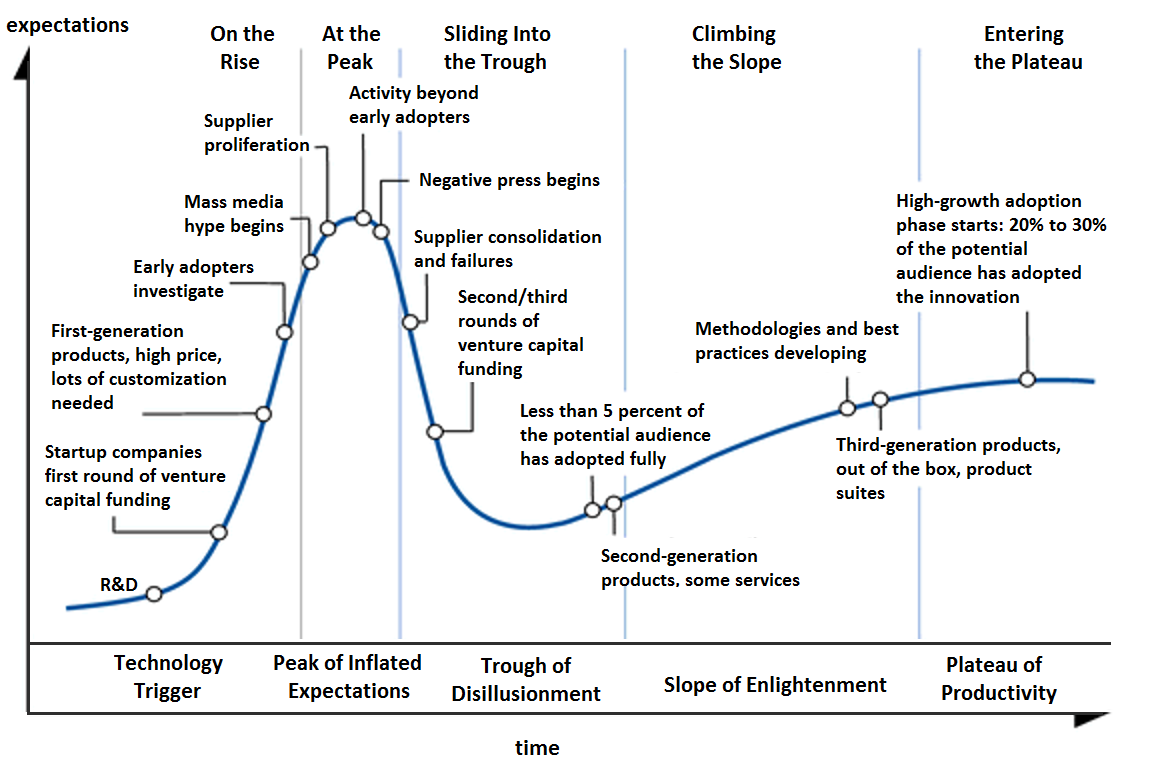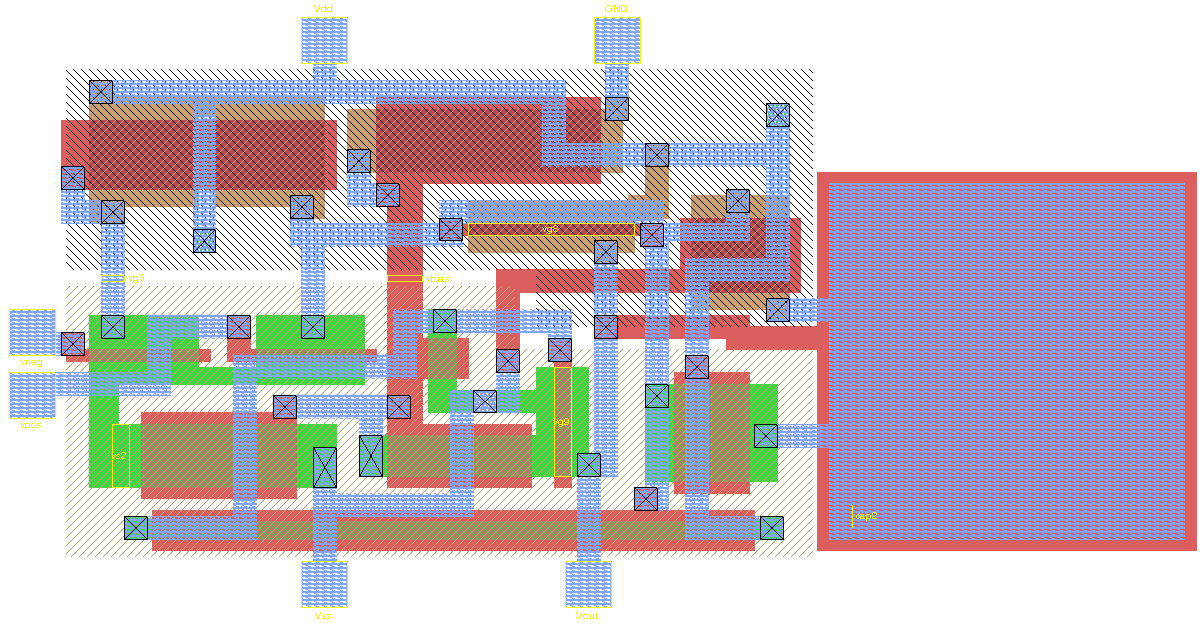|
Electronic System-level
Electronic system level (ESL) design and verification is an electronic design methodology, focused on higher abstraction level concerns. The term ''Electronic System Level'' or ''ESL Design'' was first defined by Gartner, Gartner Dataquest, an EDA-industry-analysis firm, on February 1, 2001. It is defined in ''ESL Design and Verification'' as: "the utilization of appropriate abstractions in order to increase comprehension about a system, and to enhance the probability of a successful implementation of functionality in a cost-effective manner." The basic premise is to model the behavior of the entire system using a high-level language such as C (programming language), C, C++, or using graphical "model-based" design tools. Newer languages are emerging that enable the creation of a model at a higher level of abstraction including general purpose system design languages like SysML as well as those that are specific to embedded system design like SMDL and SSDL. Rapid and correct-by-cons ... [...More Info...] [...Related Items...] OR: [Wikipedia] [Google] [Baidu] |
Gartner
Gartner, Inc is a technological research and consulting firm based in Stamford, Connecticut that conducts research on technology and shares this research both through private consulting as well as executive programs and conferences. Its clients include large corporations, government agencies, technology companies, and investment firms. In 2018, the company reported that its client base consisted of over 12,000 organizations in over 100 countries. As of 2022, Gartner has over 15,000 employees located in over 100 offices worldwide. It is a member of the S&P 500. History Gideon Gartner founded Gartner, Inc in 1979. Originally private, the company launched publicly as Gartner Group in 1986 before Saatchi & Saatchi acquired it in 1988. In 1990, Gartner Group was acquired by some of its executives, including Gartner himself, with funding from Bain Capital and Dun & Bradstreet. The company went public again in 1993. In 2000, the name was simplified from ''Gartner Group'' to Gartn ... [...More Info...] [...Related Items...] OR: [Wikipedia] [Google] [Baidu] |
Computer Software
Software is a set of computer programs and associated documentation and data. This is in contrast to hardware, from which the system is built and which actually performs the work. At the lowest programming level, executable code consists of machine language instructions supported by an individual processor—typically a central processing unit (CPU) or a graphics processing unit (GPU). Machine language consists of groups of binary values signifying processor instructions that change the state of the computer from its preceding state. For example, an instruction may change the value stored in a particular storage location in the computer—an effect that is not directly observable to the user. An instruction may also invoke one of many input or output operations, for example displaying some text on a computer screen; causing state changes which should be visible to the user. The processor executes the instructions in the order they are provided, unless it is instructed ... [...More Info...] [...Related Items...] OR: [Wikipedia] [Google] [Baidu] |
Systems Engineering
Systems engineering is an interdisciplinary field of engineering and engineering management that focuses on how to design, integrate, and manage complex systems over their enterprise life cycle, life cycles. At its core, systems engineering utilizes systems thinking principles to organize this body of knowledge. The individual outcome of such efforts, an engineered system, can be defined as a combination of components that work in synergy to collectively perform a useful Function (engineering), function. Issues such as requirements engineering, reliability, logistics, coordination of different teams, testing and evaluation, maintainability and many other Discipline (academia), disciplines necessary for successful system design, development, implementation, and ultimate decommission become more difficult when dealing with large or complex projects. Systems engineering deals with work-processes, optimization methods, and risk management tools in such projects. It overlaps technical ... [...More Info...] [...Related Items...] OR: [Wikipedia] [Google] [Baidu] |
Virtual Prototyping
Virtual prototyping is a method in the process of product development. It involves using computer-aided design (CAD), computer-automated design (CAutoD) and computer-aided engineering (CAE) software to validate a design before committing to making a physical prototype. This is done by creating (usually 3D) computer generated geometrical shapes (parts) and either combining them into an "assembly" and testing different mechanical motions, fit and function. The assembly or individual parts could be opened in CAE software to simulate the behavior of the product in the real world. Background The product design and development process used to rely primarily on engineers' experience and judgment in producing an initial concept design. A physical prototype was then constructed and tested in order to evaluate its performance. Without any way to evaluate its performance in advance, the initial prototype was highly unlikely to meet expectations. Engineers usually had to re-design the initial c ... [...More Info...] [...Related Items...] OR: [Wikipedia] [Google] [Baidu] |
Property Specification Language
Property Specification Language (PSL) is a temporal logic extending linear temporal logic with a range of operators for both ease of expression and enhancement of expressive power. PSL makes an extensive use of regular expressions and syntactic sugaring. It is widely used in the hardware design and verification industry, where formal verification tools (such as model checking) and/or logic simulation tools are used to prove or refute that a given PSL formula holds on a given design. PSL was initially developed by Accellera for specifying properties or assertions about hardware designs. Since September 2004 the standardization on the language has been done in IEEE 1850 working group. In September 2005, the IEEE 1850 Standard for Property Specification Language (PSL) was announced. Syntax and semantics PSL can express that if some scenario happens now, then another scenario should happen some time later. For instance, the property "a should always eventually be ed" can be expr ... [...More Info...] [...Related Items...] OR: [Wikipedia] [Google] [Baidu] |
Register-transfer Level
In digital circuit design, register-transfer level (RTL) is a design abstraction which models a synchronous digital circuit in terms of the flow of digital signals (data) between hardware registers, and the logical operations performed on those signals. Register-transfer-level abstraction is used in hardware description languages (HDLs) like Verilog and VHDL to create high-level representations of a circuit, from which lower-level representations and ultimately actual wiring can be derived. Design at the RTL level is typical practice in modern digital design. Unlike in software compiler design, where the register-transfer level is an intermediate representation and at the lowest level, the RTL level is the usual input that circuit designers operate on. In fact, in circuit synthesis, an intermediate language between the input register transfer level representation and the target netlist is sometimes used. Unlike in netlist, constructs such as cells, functions, and multi-bit re ... [...More Info...] [...Related Items...] OR: [Wikipedia] [Google] [Baidu] |
Integrated Circuit Design
Integrated circuit design, or IC design, is a sub-field of electronics engineering, encompassing the particular logic and circuit design techniques required to design integrated circuits, or ICs. ICs consist of miniaturized electronic components built into an electrical network on a monolithic semiconductor substrate by photolithography. IC design can be divided into the broad categories of digital and analog IC design. Digital IC design is to produce components such as microprocessors, FPGAs, memories (RAM, ROM, and flash) and digital ASICs. Digital design focuses on logical correctness, maximizing circuit density, and placing circuits so that clock and timing signals are routed efficiently. Analog IC design also has specializations in power IC design and RF IC design. Analog IC design is used in the design of op-amps, linear regulators, phase locked loops, oscillators and active filters. Analog design is more concerned with the physics of the semiconductor devices such as ... [...More Info...] [...Related Items...] OR: [Wikipedia] [Google] [Baidu] |
Platform-based Design
Platform-based design is defined in ''Taxonomies for the Development and Verification of Digital Systems''Brian Bailey, Grant Martin and Thomas Anderson, ''Taxonomies for the Development and Verification of Digital Systems'', Springer (2005) as "an integration oriented design approach emphasizing systematic reuse, for developing complex products based upon platforms and compatible hardware and software Software is a set of computer programs and associated software documentation, documentation and data (computing), data. This is in contrast to Computer hardware, hardware, from which the system is built and which actually performs the work. ... virtual component, intended to reduce development risks, costs and time to market". See also * Electronic design automation * Electronic system-level design and verification References Electronic design automation {{Comp-eng-stub ... [...More Info...] [...Related Items...] OR: [Wikipedia] [Google] [Baidu] |
High-level Verification
High-level verification (HLV), or electronic system-level (ESL) verification, is the task to verify ESL designs at high abstraction level, i.e., it is the task to verify a model that represents hardware above register-transfer level (RTL) abstract level. For high-level synthesis (HLS or C synthesis), HLV is to HLS as functional verification is to logic synthesis. Electronic digital hardware design has evolved from low level abstraction at gate level to register transfer level (RTL), the abstraction level above RTL is commonly called high-level, ESL, or behavioral/algorithmic level. In high-level synthesis, behavioral/algorithmic designs in ANSI C/C++/SystemC code is synthesized to RTL, which is then synthesized into gate level through logic synthesis. Functional verification is the task to make sure a design at RTL or gate level conforms to a specification. As logic synthesis matures, most functional verification is done at the higher abstraction, i.e. at RTL level, the correctnes ... [...More Info...] [...Related Items...] OR: [Wikipedia] [Google] [Baidu] |
High-level Synthesis
High-level synthesis (HLS), sometimes referred to as C synthesis, electronic system-level (ESL) synthesis, algorithmic synthesis, or behavioral synthesis, is an automated design process that takes an abstract behavioral specification of a digital system and finds a register-transfer level structure that realizes the given behavior. Synthesis begins with a high-level specification of the problem, where behavior is generally decoupled from low-level circuit mechanics such as clock-level timing. Early HLS explored a variety of input specification languages,IEEE XplorHigh-Level Synthesis: Past, Present, and FutureDOI 10.1109/MDT.2009.83 although recent research and commercial applications generally accept synthesizable subsets of ANSI C/C++/ SystemC/MATLAB. The code is analyzed, architecturally constrained, and scheduled to transcompile into a register-transfer level (RTL) design in a hardware description language (HDL), which is in turn commonly synthesized to the gate level by the ... [...More Info...] [...Related Items...] OR: [Wikipedia] [Google] [Baidu] |
Verification And Validation
Verification and validation (also abbreviated as V&V) are independent procedures that are used together for checking that a product, service, or system meets requirements and specifications and that it fulfills its intended purpose. These are critical components of a quality management system such as ISO 9000. The words "verification" and "validation" are sometimes preceded with "independent", indicating that the verification and validation is to be performed by a disinterested third party. "Independent verification and validation" can be abbreviated as "IV&V". In practice, as quality management terms, the definitions of verification and validation can be inconsistent. Sometimes they are even used interchangeably. However, the PMBOK guide, a standard adopted by the Institute of Electrical and Electronics Engineers (IEEE), defines them as follows in its 4th edition: * "Validation. The assurance that a product, service, or system meets the needs of the customer and other iden ... [...More Info...] [...Related Items...] OR: [Wikipedia] [Google] [Baidu] |



